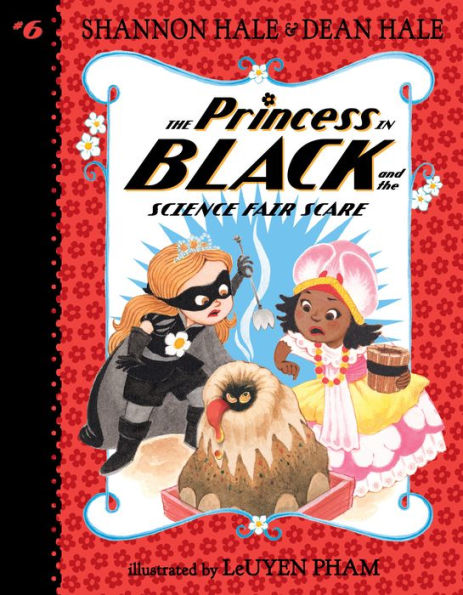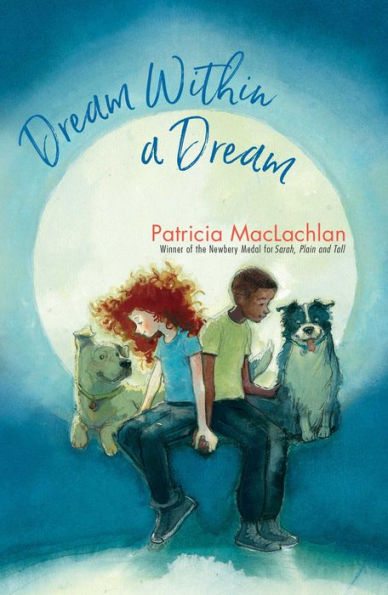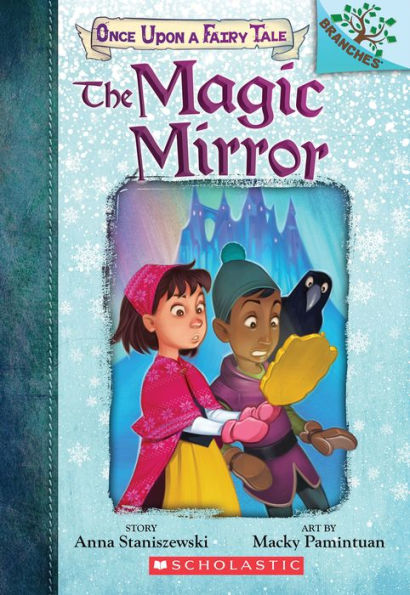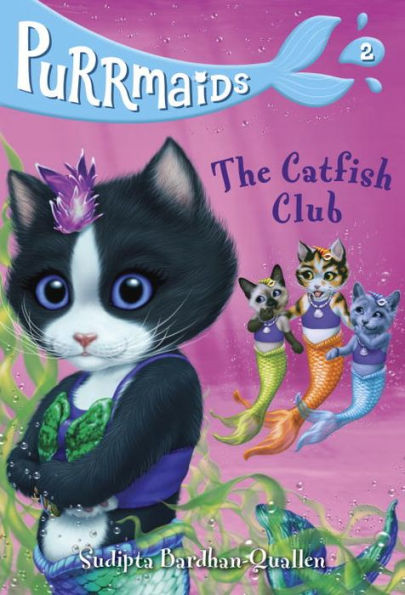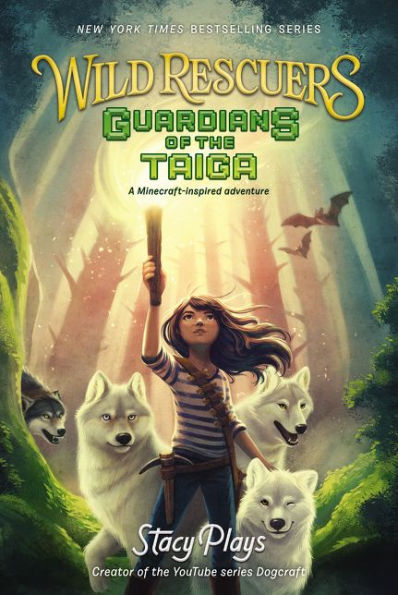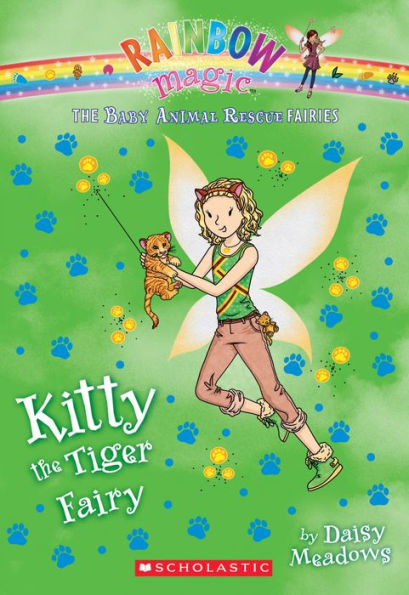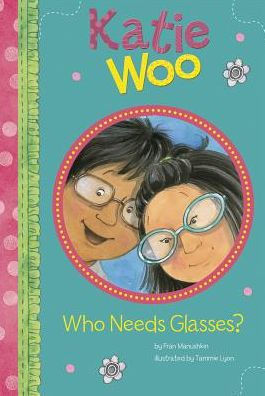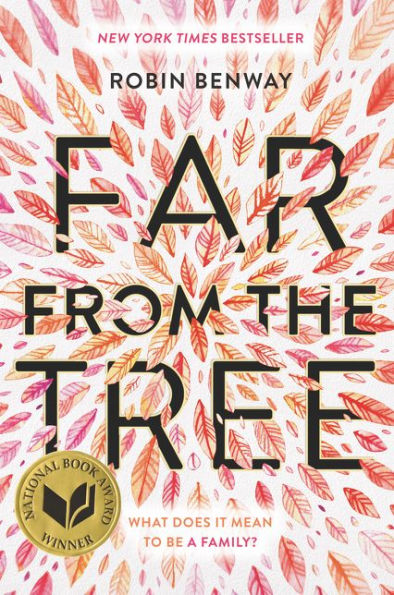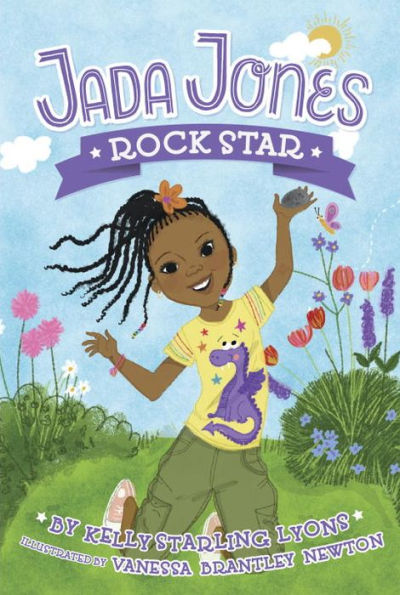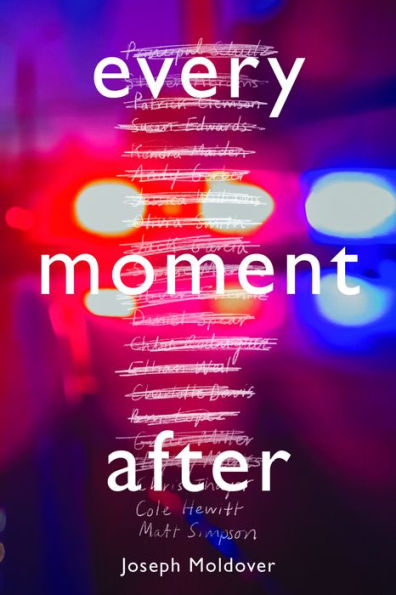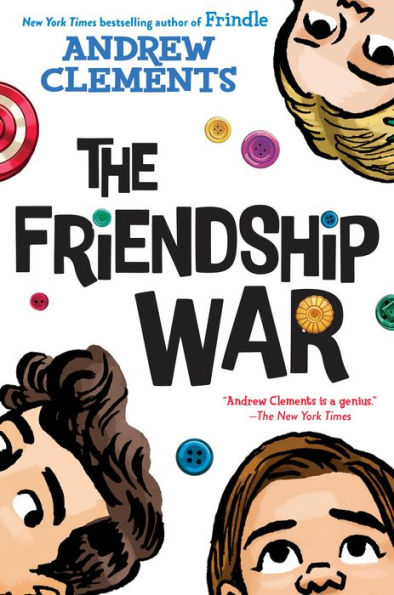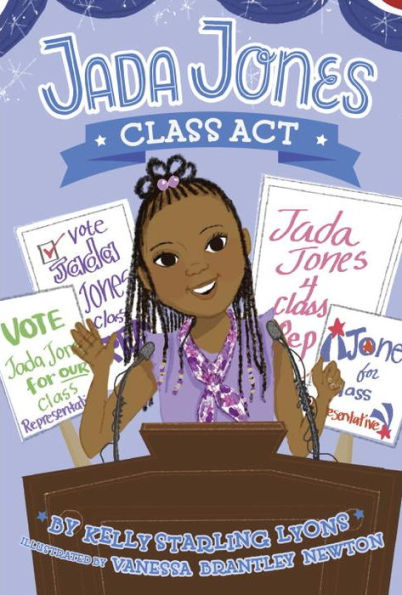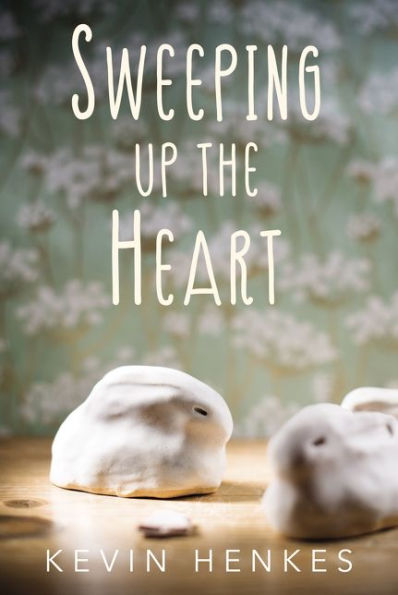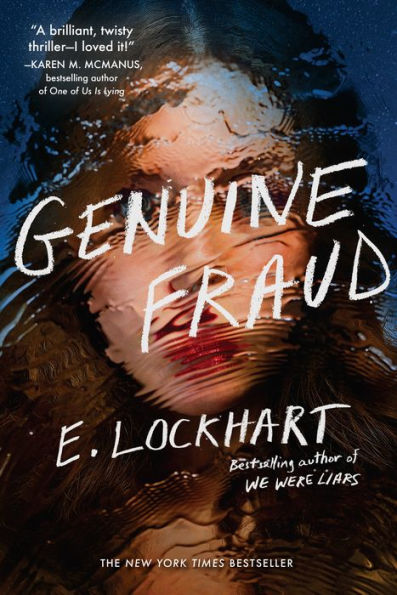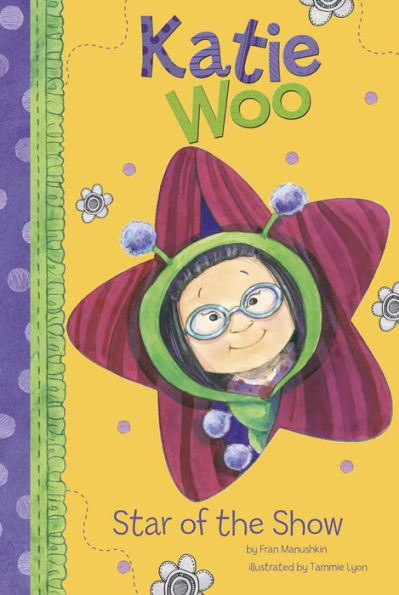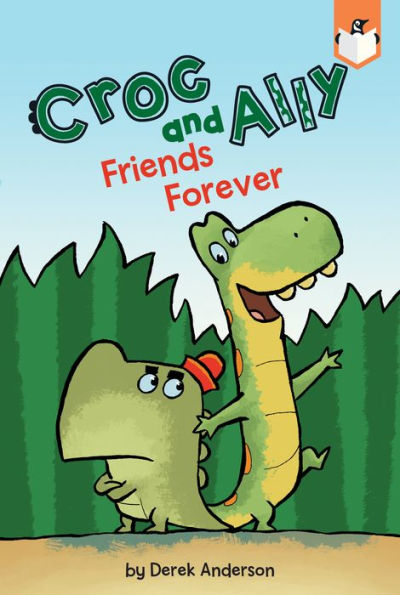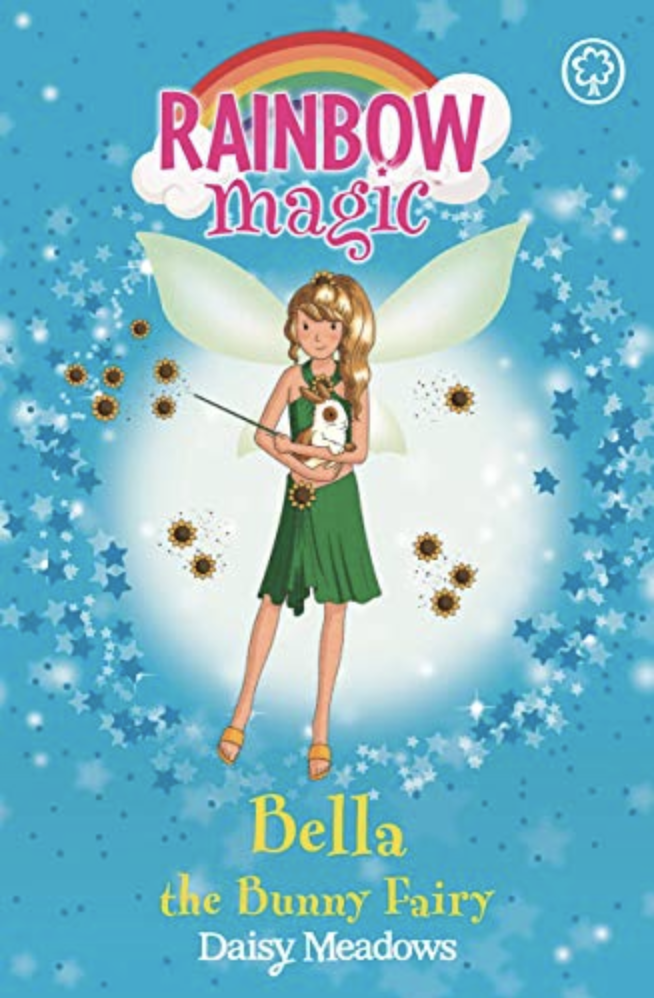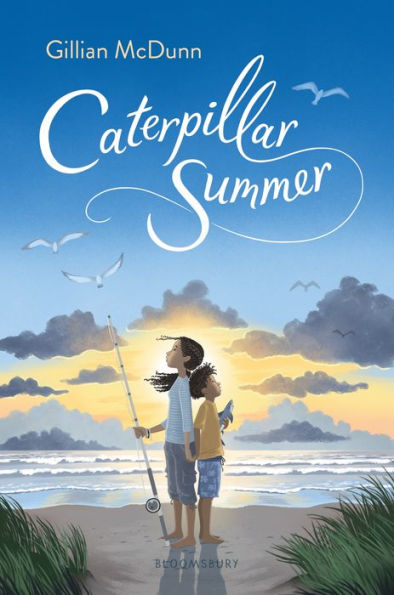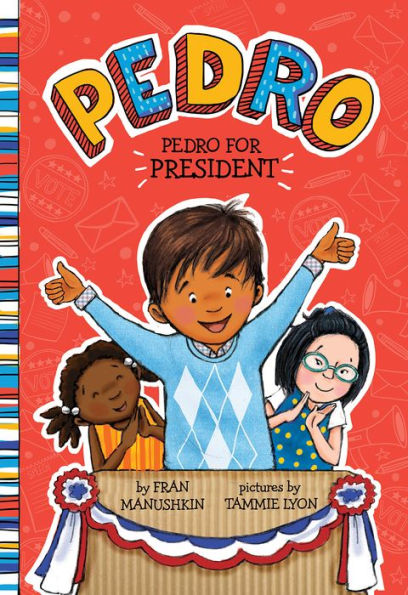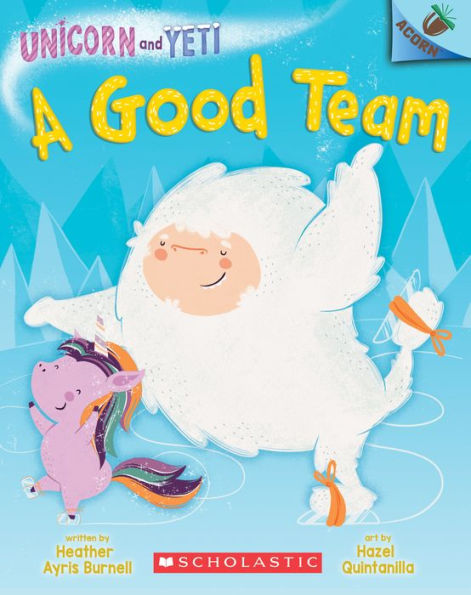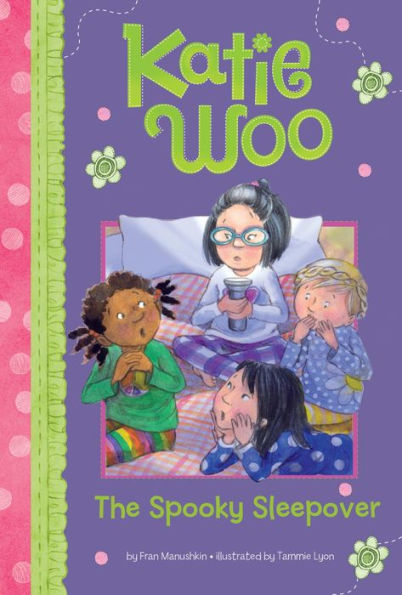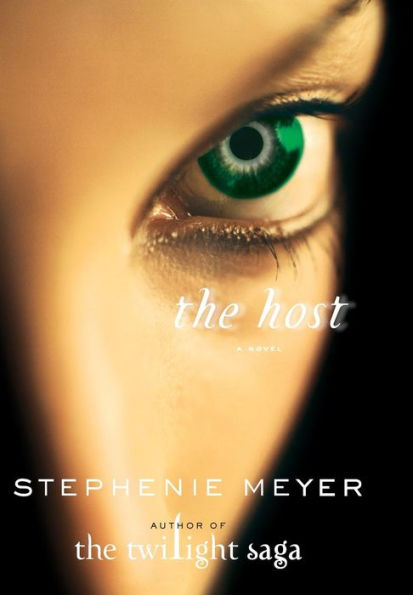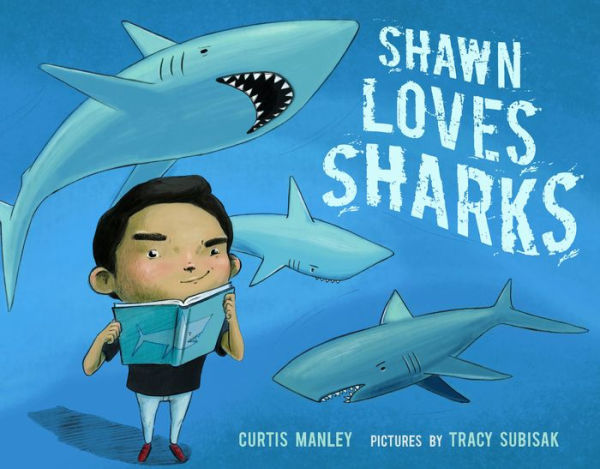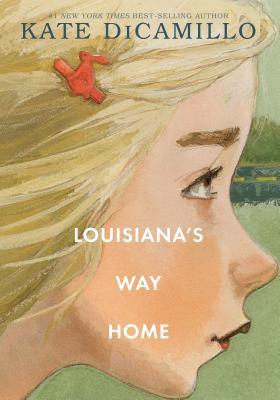Princess Magnolia is excited. Excited and nervous. She’s going to the Interkingdom Science Fair today to present her poster about seeds and plants. Even better, when she arrives, she sees that her friends are there too! Princess Honeysuckle made a mole habitat, Princess Sneezewort has built a blanket fort, and Tommy Wigtower has a talking volcano that’s saying “EAAAAT!” Wait, what?
Instead of a volcano that spews lava, Tommy’s volcano has a goo monster living inside. But every time the goo monster tries to eat or find a new home, the goo monster gets yelled out. The goo monster needs a new home and the Princess in Black is willing to help. Will the Princess in Black be able to defeat the goo monster?
Although the science fair is the scene of the story, the story only has a smattering of science. In one part, in order to carry the goo monster, the princesses must figure out how to distribute the weight. The science portion introduces some basic concepts but does not go into confusing detail. This story also highlights the importance of working together.
Readers will love the princesses who are prim and proper when they need to be, but they are also a little bit awkward. Even though the Goat Avenger only makes a small appearance, he adds humor to the story. The Goat Avenger loves to “wage battle.” When the Goat Avenger “wages battle,” he uses a duster to tickle a monster back to his home.
The Princess in Black and the Science Fair Scare is an excellent book for beginning readers. Colorful illustrations appear on almost every page to help readers visualize the story’s actions. The chapters are short with easy-to-understand language. Each page has eight or fewer sentences that appear in large font. The monster of the story is more humorous than scary. Even though The Princess in Black and the Science Fair Scare is the sixth installment of the series, readers do not have to read the previous books to understand and appreciate the story.
The easy text and the detailed illustrations will make younger readers want to read the story over and over. The illustrations are sometimes funny, but they always do an excellent job of capturing the character’s emotions. If you’re looking for a high-energy, enjoyable book with strong female characters, then The Princess in Black series should be added to your reading list.
Sexual Content
- None
Violence
- The hungry goo monster eats Princess Mongolia’s poster. Then “the goo monster and the Princess in Black waged battle. Volcano Rumble. Bucket Bash! Twinkle Twinkle Little Smash.”
- The goo monster jumps into a mole habitat, but “the moles and the goo monster couldn’t all fit in there. The moles felt jammed. The moles felt crammed. The moles bit the goo monster. It yelped. It leaped out of the mole habitat.”
Drugs and Alcohol
- None
Language
- None
Supernatural
- Tommy accidentally makes a goo monster. The goo monster hides in Tommy’s volcano.
Spiritual Content
- None
